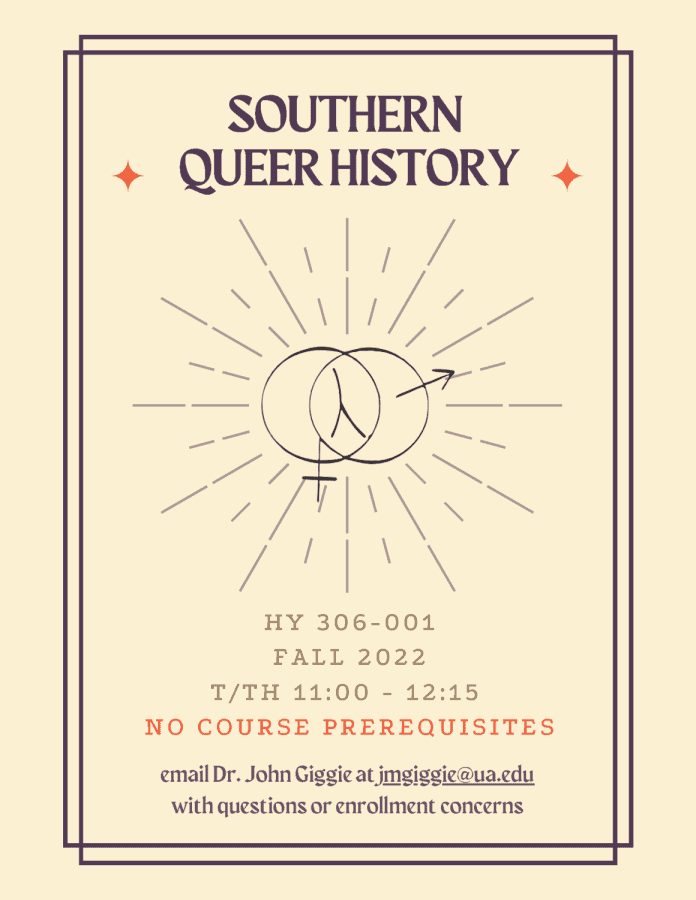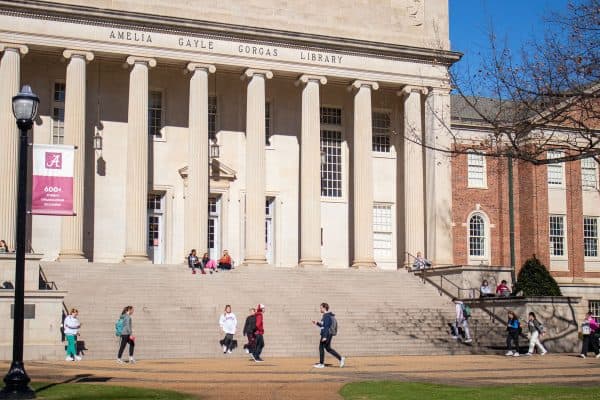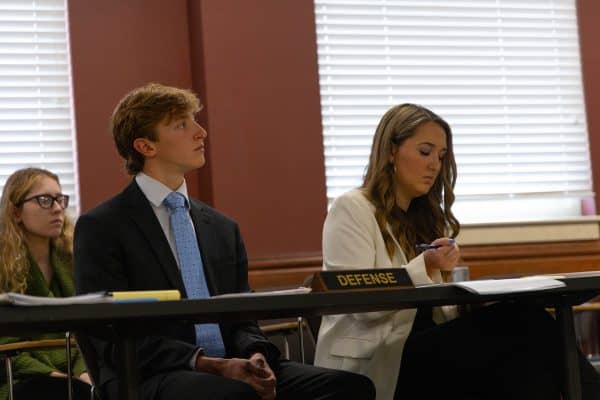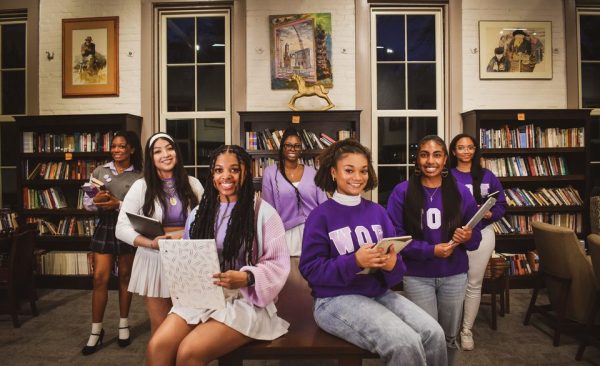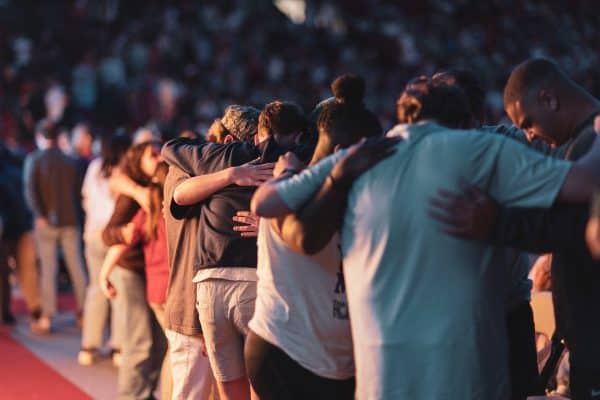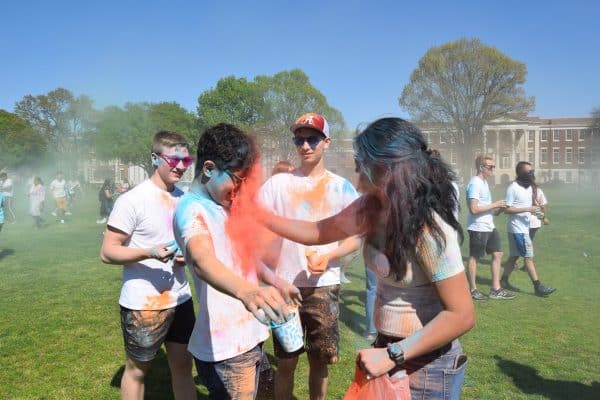UA history course explores queerness in the South
April 10, 2022
Debates and discussions regarding queer rights and identity in America have been widespread for decades, with many conversations focusing on cities thought to be the epicenters of queer culture, including San Francisco and New York City. In many cases, this discussion excludes the South.
The Summersell Center for the Study of the South seeks to change this narrative by offering a Southern queer history course that focuses on how queerness has shaped the American South, with a look at events in Tuscaloosa.
Queerness has many definitions that differ based on who is using them, but broadly, it includes people who fall outside of society’s gender and sexuality norms, and is often considered synonymous with the LGBTQ+ community.
Isabella Garrison, a second-year graduate student studying history and a Vivian Malone Fellow, co-taught the course when it was offered in fall 2021. She said that while the histories of non-Southern communities’ queer presences are important, archives of queer knowledge that center on Southern cities are just as “critical and necessary.”
“Often when we think about the South, we think about queerness as something that is hidden or even more illicit than it is in other places, and that’s just not true. The highest density of queer people in the United States live in the South, and that’s been true for decades,” she said.
The Southern queer history class originated as a series of independent research pursuits as part of the Summersell Center, where students focused on specific issues that they cared about. Because of student demand, it gradually expanded to the officially registered course that it is now.
John Giggie, an associate professor of history, is the director of the Summersell Center and the instructor for the Southern queer history course. He’s interested in the production of queer knowledge.
Students in his course learned about the ways that queer documents are collected and understood in professional archives or libraries. Then they visited collections at the University and the Birmingham Public Library to look at how their queer collections operate.
“That prepped our students for work later in the semester, when we said, OK,” Giggie said. “Now you’ve been consuming knowledge. What would it mean to produce knowledge?’”
The class has a general curriculum but allows ample space for students to investigate topics and nuances of the discussion of queer identity that they are passionate about.
Kathleen Kelley, a junior majoring in arts administration as social practice in the New College, took the class in the fall and will return as a student mentor next year.
She said she enjoyed actively engaging with the community through her research by meeting with activists in the history she was documenting.Her research was on Michael’s, a local queer bar that closed in the ’90s.The surrounding neighborhoods used to be home to Black-owned businesses and queer bars.
“The last owner of it, Harpo, was the first woman to join the West Alabama AIDS outreach. We were studying and understanding how that social space interacted with activism and how Harpo played into all that,” she said.
As Kelley went through the archives, she found that many late advertisements simply featured the tagline “Harpo’s here.”
“She was the selling point. She was so well known in the community that they were just like, ‘She’s here! Come on,’” Kelley said.
To Giggie, an exploration of Southern queerness can only be fully realized in the context of an exploration of Southern Blackness.
The Summersell Center offers courses discussing the existence of marginalized groups in the South, including ones that focus on race, but none exist in a vacuum that does not acknowledge the overlaps between these identities.
“To really understand queer history in Alabama, you have to marry it to the history of discrimination against Black Americans. And if you segment those two, you’ll lose a fuller, richer sense of what the truth is,” Giggie said.
Garrison said examining queer history through a uniquely Southern and specifically Tuscaloosan lens has many benefits, including its frequent inclusion of Black and queer struggles. She said it makes a nationwide issue vividly real for students by bringing it to their local communities and existences.
She said it was also a way of magnifying voices that are often overshadowed, and historians should be cognizant of the voices they listen to and magnify.
“Southern queer history demands that you listen to people who maybe you wouldn’t listen to otherwise in history, and it demands something different of our research and, I think, of ourselves,” Garrison said.
Giggie explained that queerness in the South is one example of a phenomenon that has existed as far back as the Middle Ages.
“We don’t want the South to be exceptional. I think for much of Southern history, whether it be looking at queerness or race or gender, there’s often a sense that it’s different down here,” Giggie said. “I disagree with that. You see the same themes in the South that you see anywhere else in the country, they just often burn more brightly here.”
Kelley said she enjoyed the satisfaction she gained from the passion-fueled work she did in the class.
“In all of your classes, I hope you feel like you’re making progress toward a goal, but not in every class can you say, ‘The work that I am doing is important and fulfilling, and at the end of the day, I will help someone.’ If that’s what you’re looking for in a class, [Southern] queer history is for you,” she said.
Questions? Email the culture desk at [email protected].

